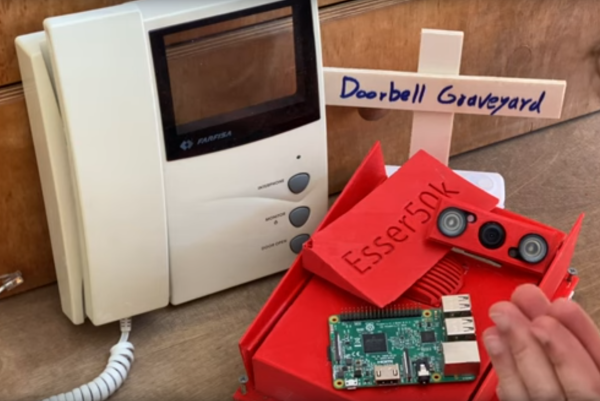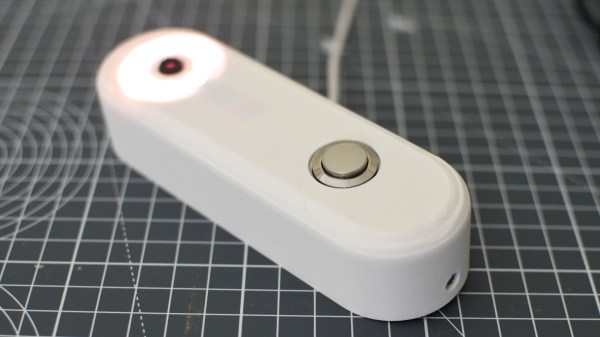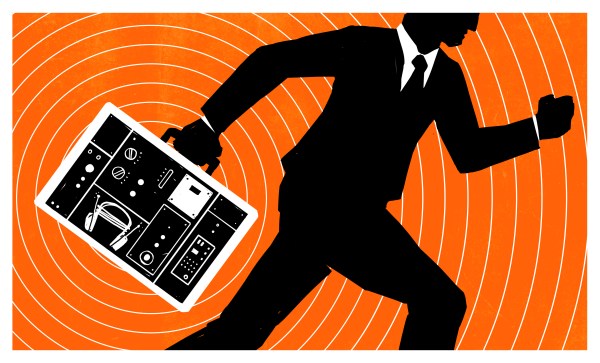If you have pet with a little access door to the outside world, and that pet happens to be a cat, you’re likely on the receiving end of all kinds of lifeless little lagniappes. Don’t worry, it’s CES season out in Las Vegas and a company called Flappie has the solution — an AI-powered cat door that rejects dead mice and other would-be offerings.

It works about like you might expect — there’s a motion sensor and a night-vision camera on the exterior side of the door. Using Flappie’s “unique and proprietary” dataset, the door distinguishes between Tom and Jerry and keeps out unwanted guests with more than 90% accuracy. To do this, Flappie collected video of a lot of cats and prey in a variety of lighting conditions. There’s even a chip detection system that will reject all other cats.
Thankfully, it’s not all automation. The prey detection system can be turned off entirely, and there are manual switches on the inside for locking and unlocking the door at will. You don’t even have to hook it up to the Internet, it seems.
Americans will have to wait a while, as the company is rolling out the door in Switzerland and Germany first. No word on when the US launch will take place, but interested parties can expect to pay around $399.
Of course, this problem can be solved without AI as long as you’re willing to review the situation and unlock the door yourself.



















